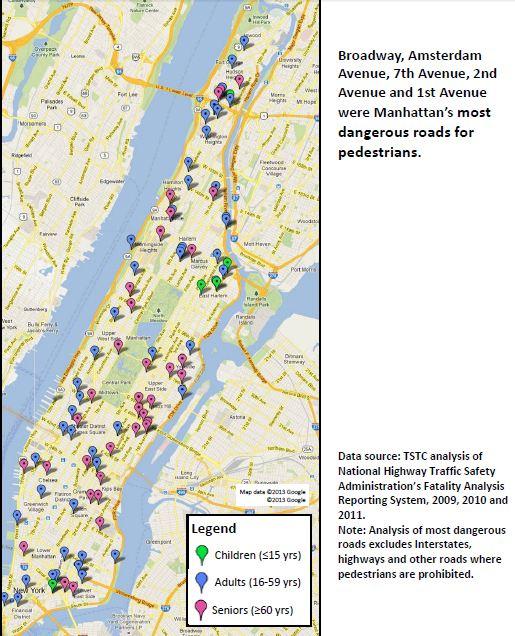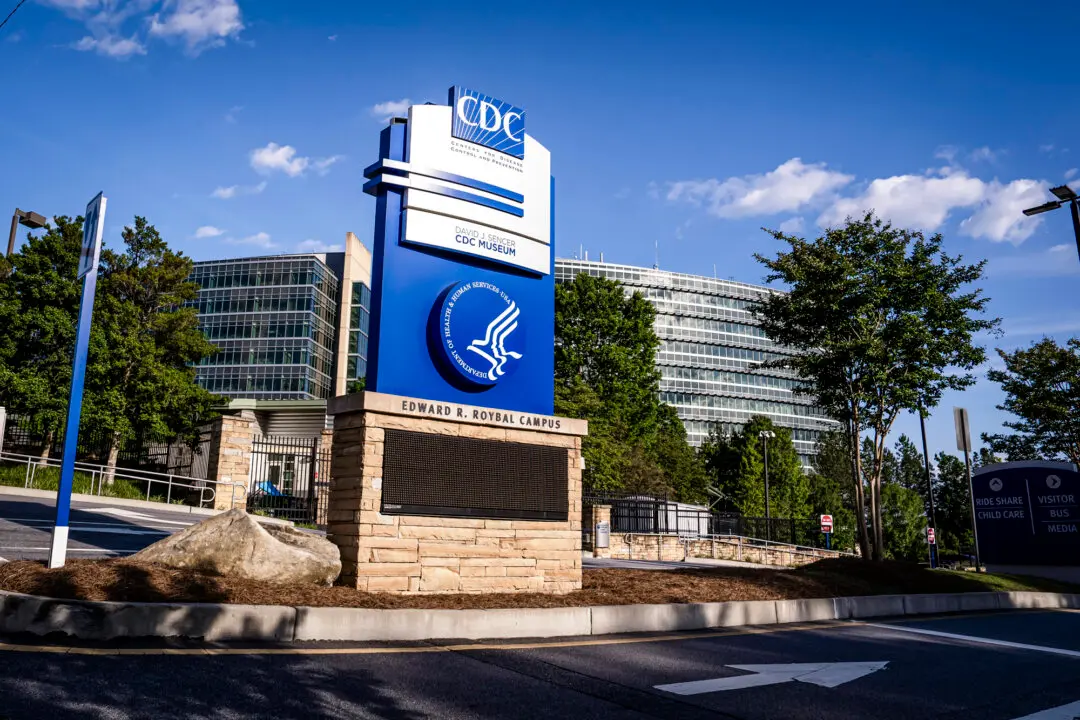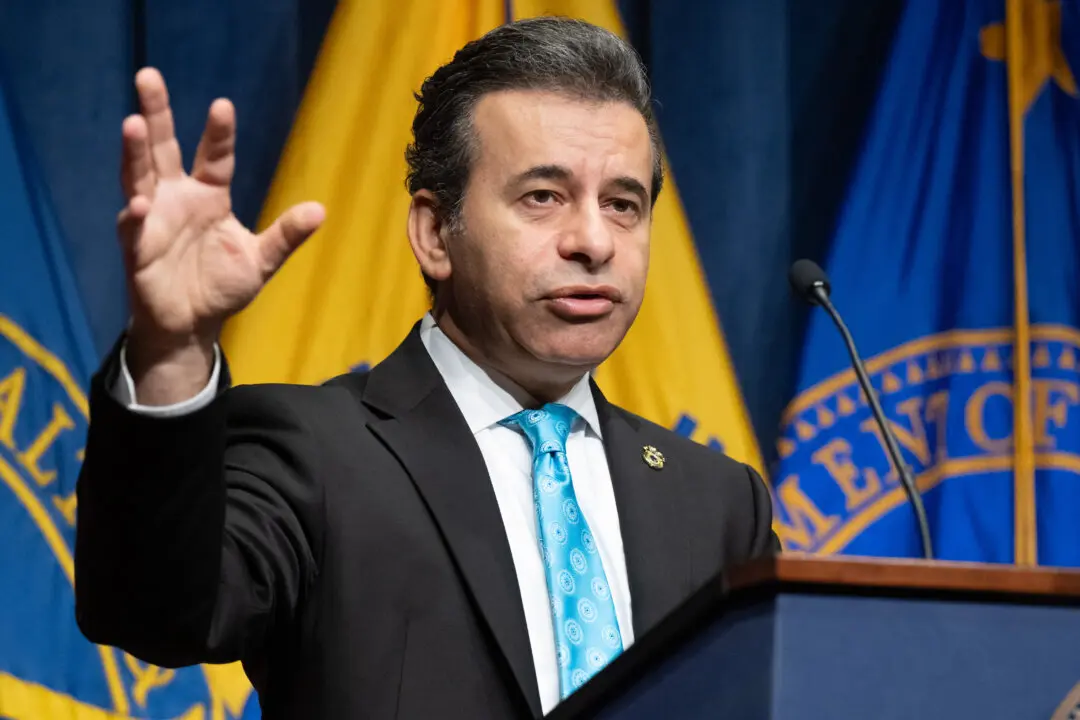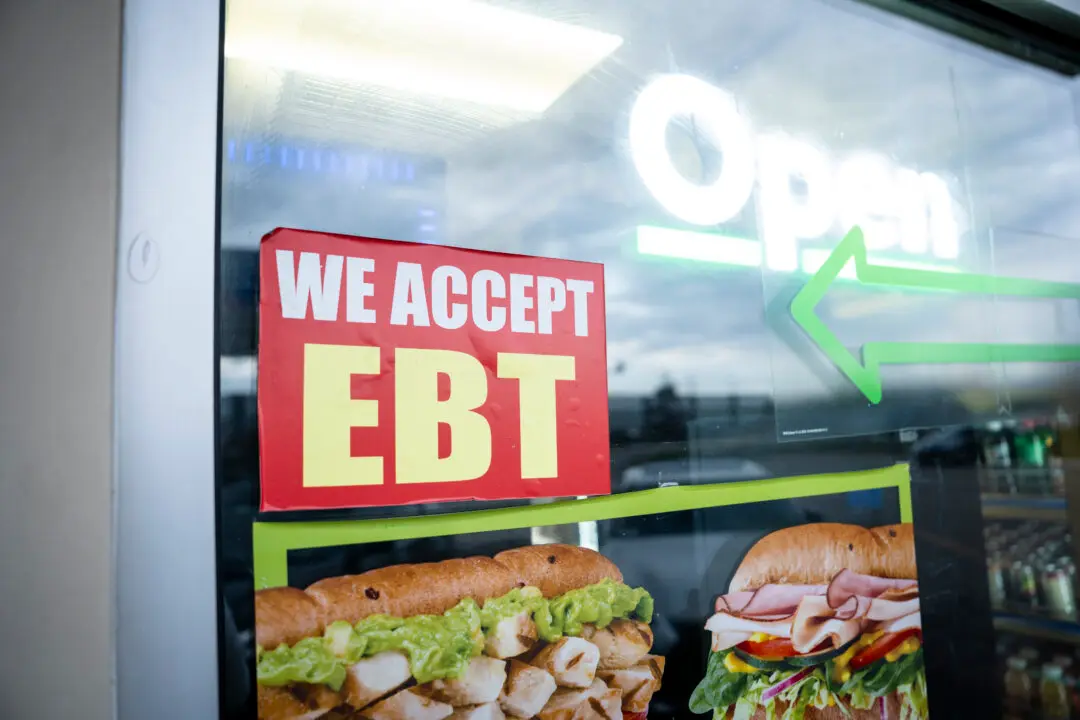‘Needless loss of life:’ Working to Avoid Pedestrian Deaths in NYC Region
Hundreds of pedestrians died from being hit by vehicles between 2009 and 2011, according to a new report.

Pedestrians walk last year past the LOOK! sign at the intersection of 42nd Street and Second Avenue. Amal Chen/The Epoch Times

Zachary Stieber
Senior Reporter
|Updated:
Zachary Stieber is a senior reporter for The Epoch Times based in Maryland. He covers U.S. and world news. Contact Zachary at [email protected]
Author’s Selected Articles







